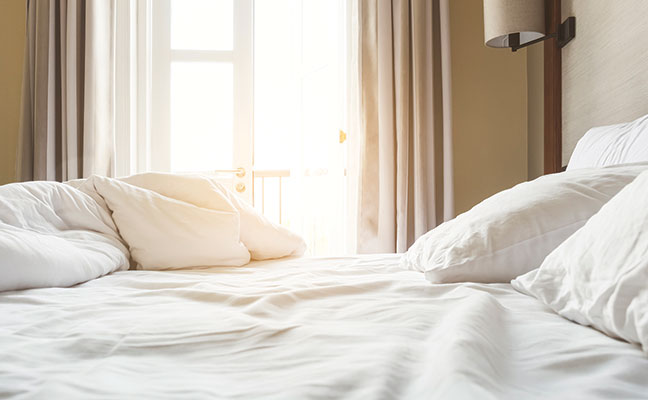How to Set Up Digital Pest Monitoring in Hotels for Better Control
Share
In the competitive hospitality industry, maintaining a pristine environment is crucial for guest satisfaction and hotel reputation. An often-overlooked aspect is effective pest management. With the advent of technology, digital pest monitoring has emerged as a revolutionary solution. If you're wondering how to set up digital pest monitoring in hotels, you're in the right place. This guide will walk you through the steps to implement this advanced system to ensure your hotel remains pest-free.

Understanding Digital Pest Monitoring
Before diving into the setup process, it's important to understand what digital pest monitoring entails. Unlike traditional methods, digital systems use sensors, cameras, and data analytics to detect and manage pest activity. These systems provide real-time data and alerts, allowing for proactive measures rather than reactive responses.
Digital pest monitoring systems are becoming increasingly popular in hotels for their efficiency and accuracy. To learn more about the benefits of these systems, you can visit Sprague Pest Control.
Steps to Implement Digital Pest Monitoring in Hotels
1. Assess Your Hotel's Needs
The first step in setting up a digital pest monitoring system is to assess your hotel's specific needs. Consider the size of your property, common pest issues, and areas that require frequent monitoring. This initial assessment will help you choose the right system and sensors for your hotel.
2. Choose the Right Technology
Once you have a clear understanding of your needs, the next step is to choose the appropriate technology. There are various digital pest monitoring solutions available, ranging from simple sensor-based systems to more advanced options with integrated cameras and data analytics capabilities.
It's essential to select a system that aligns with your hotel's requirements and budget. For more insights on choosing the right technology, check out this Clairvoyant UAE guide.
3. Installation and Setup
After selecting the suitable technology, the next step is installation. This involves placing sensors and cameras in strategic locations throughout your hotel. Common areas to monitor include kitchens, storage rooms, and garbage disposal areas. Ensure all equipment is installed correctly and is fully operational.
4. Monitor and Manage
With the system in place, it's time to start monitoring. Regularly check the data and alerts provided by the digital pest monitoring system. Use this information to make informed decisions about pest management and take proactive measures to prevent infestations.
For a deeper understanding of how to monitor pest activities, you can refer to this TrapX blog.
Benefits of Digital Pest Monitoring in Hotels
Implementing a digital pest monitoring system offers numerous benefits. It provides real-time data, allowing for timely interventions. This proactive approach can save hotels from costly infestations and potential damage to their reputation. Additionally, these systems often come with automated reporting features, simplifying compliance with health and safety regulations.
For more on the data hotels can collect from pest monitoring, visit this page.
Potential Challenges
While there are many benefits, setting up a digital pest monitoring system is not without challenges. These can include the initial cost of installation, the need for staff training, and potential technical issues. However, the long-term benefits often outweigh these initial hurdles.
Understanding how hotel staff should respond to pest findings is crucial. For more guidance, refer to this article.
Conclusion
Setting up digital pest monitoring in hotels is a forward-thinking approach to pest control. By leveraging technology, hotels can ensure a clean, pest-free environment, leading to enhanced guest satisfaction and a solid reputation. As the hospitality industry continues to evolve, staying ahead with innovative solutions like digital pest monitoring is crucial.

Frequently Asked Questions
1. Why is digital pest monitoring important for hotels?
Digital pest monitoring provides real-time data and alerts, allowing hotels to take proactive measures to prevent infestations and maintain a clean environment.
2. How does digital pest monitoring work?
These systems use sensors, cameras, and data analytics to detect pest activity. They provide alerts and reports that help in managing pest issues effectively.
3. What are the costs associated with setting up digital pest monitoring in hotels?
Costs can vary depending on the size of the property and the complexity of the system. However, the long-term savings from preventing infestations often justify the initial investment.
